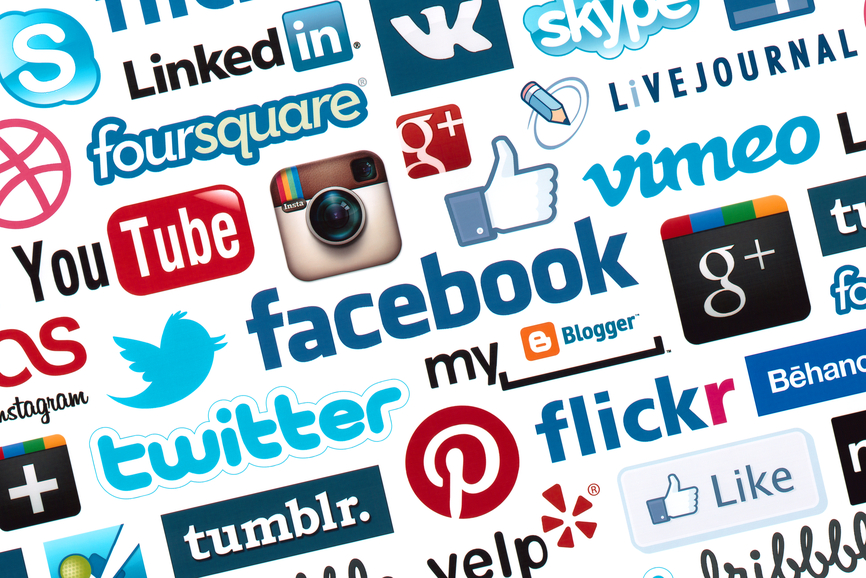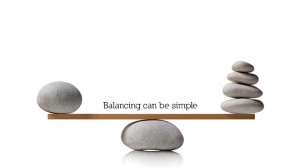Curated Content to the Rescue for Content Marketing
Content…how do we create it? Did you know that the best-in-class marketers do not come up with 100% original content all on their own? In a Curata study, the content mix is apparently “65% created, 25% curated and 10% syndicated” (H. Cohen, 2014).

What is curated content? Why is popular and what makes it successful? Heidi Cohen in her article advocates that curated content brings in an extra personal perspective to an already existing piece of content, which makes it fresh. It can be highly successful if distributed properly – since it is a value-added piece, you already have a wider reach of audience, it just depends on you to deliver it to the appropriate audiences! A tip given in the article is to follow the Derek Halpern 80-20 rule, where you spend 80% distributing the content properly and 20% creating it.
Some useful advice about how to create top-tier content are outlined in the Forbes article: 10 Lessons from the 10 Most Influential Content Marketing Brands. I personally find the following ones resonate most with what has been talked about in class:
- Know your audience and listen up!

You have to know who you are talking to, what they like, need and want. Once you have that information, you will be able to go out and target them. For example, you can find the top influencers in that category, whether through looking at their klout score, # of followers/following etc. From them, you can understand your customers even more, and through them you can leverage their power in the community to advocate for you!
2. Engage authentically!
Audiences like to be listened to, and they like to be responded to – it is a two-way communication street. Show them that you care!
3. Know yourself.
In order to deliver something valuable to your audiences, to help them solve their problems, you have to know what you can do – that means understanding your competitive advantages, strengths and even weaknesses, inside out!
4. Measure!
You need to analyze what works and what doesn’t in order to see if it was successful or not. Measurements not only gives you evidence you need for your boss to see, but it gives you the data to know what needs to be improved.
Lastly, some tools to help you along finding content for curating, take a look at this extensive list proposed on the Content Marketing Forum.



 RaDaR is intimately tied to the idea of how you would develop your social media strategy. A Social Media manager for a fast-food chain presented to us a similar skeletal concept for online strategies, which is Attract, Engage, Influence. Sound familiar? You need to reach out to customers to ATTRACT them in, after you have their attention, you ENGAGE with them to let them have more depth about your product and what you can bring them, then you INFLUENCE them by making a purchase and can continue influencing them once you have a relationship with them.
RaDaR is intimately tied to the idea of how you would develop your social media strategy. A Social Media manager for a fast-food chain presented to us a similar skeletal concept for online strategies, which is Attract, Engage, Influence. Sound familiar? You need to reach out to customers to ATTRACT them in, after you have their attention, you ENGAGE with them to let them have more depth about your product and what you can bring them, then you INFLUENCE them by making a purchase and can continue influencing them once you have a relationship with them.







 From a company’s perspective, we know that staying relevant is important – you don’t want to be posting articles about eating healthy and staying fit when your company is selling donuts, or other high-calorie food. Moreover, when it is a sensitive day or topic, such as 9/11, the best strategy may be to remain silent – learn from this
From a company’s perspective, we know that staying relevant is important – you don’t want to be posting articles about eating healthy and staying fit when your company is selling donuts, or other high-calorie food. Moreover, when it is a sensitive day or topic, such as 9/11, the best strategy may be to remain silent – learn from this  Just as how Facebook is making it easier for people to make purchases online with the “
Just as how Facebook is making it easier for people to make purchases online with the “












